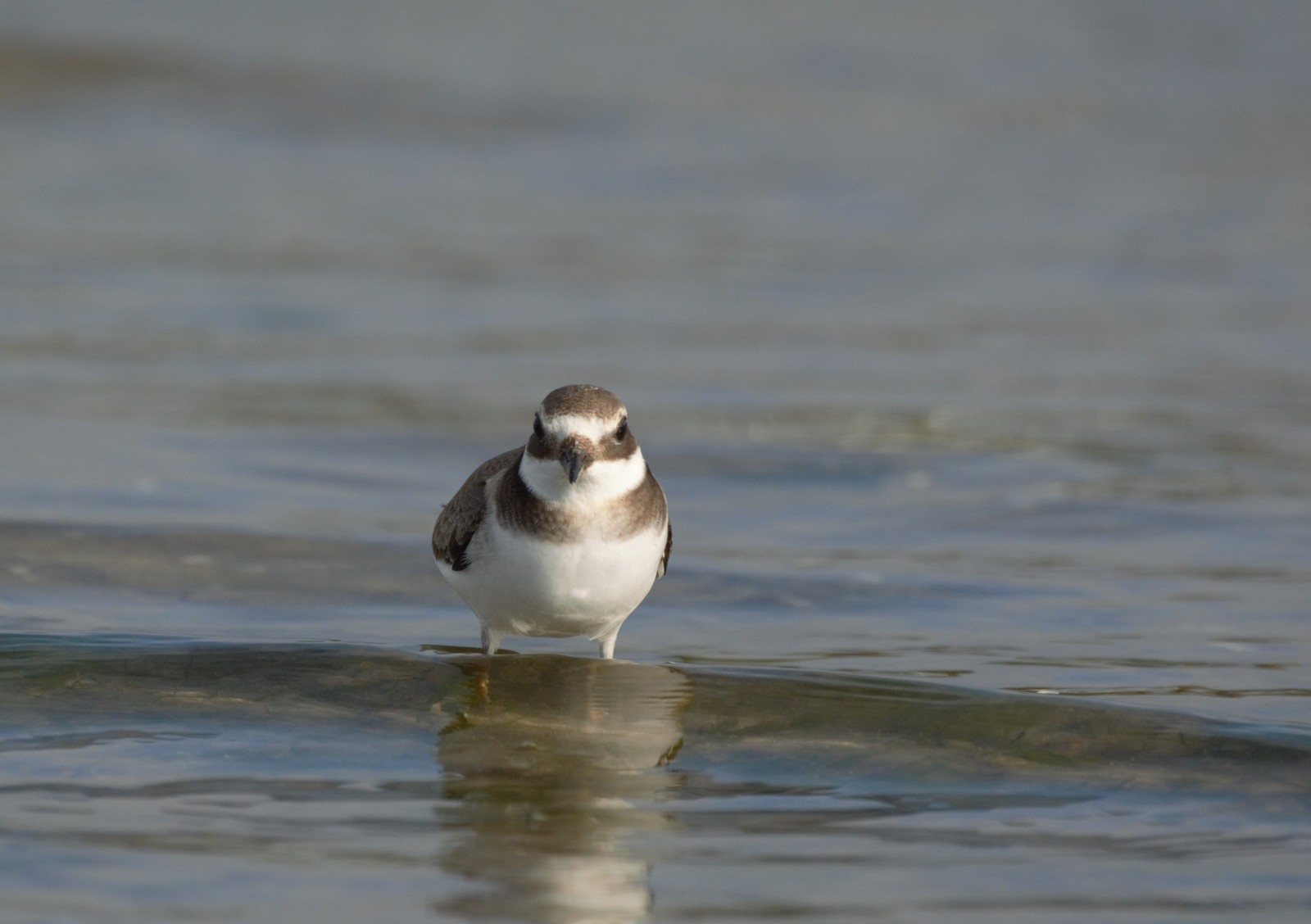Charger images
Les formats d'image autorisés sont de type jpeg, png ou gif
La taille maximale du fichier doit être de 20MB


Mouth of a river with small beaches that are created during the tides that attract waders, terns and gulls. Place renowned for the presence of rare species.
The mouth of the Scolmatore d'Arno is together with the mouth of the Serchio river, one of the main hotspots for observing sea birds in Tuscany and is one of the most important areas for gulls and terns not only in Tuscany, but also throughout the national territory. In Spring and Summer, the mouth of the river features hundreds of terns: Sterne naine, Sterne pierregarin, Sterne caugek, with smaller numbers: Guifette leucoptère, Guifette noire, , Sterne caspienne. Very rare species for Italy have been sighted such as: Sterne arctique, Sterne voyageuse, Sterne de Dougall. Among the seagulls as well as the Goéland leucophée and the Mouette rieuse there are also regularly Goéland railleur, Mouette mélanocéphale (sometimes even with large numbers, even 500 individuals), Mouette pygmée. Rare sightings include Mouette de Sabine, Goéland bourgmestre, Goéland brun, Goéland ichthyaète. During spring and autumn migration, beaches can attract different species of waders such as: Bécasseau maubèche, Bécasseau variable, Grand Gravelot, Huîtrier pie, Chevalier gambette, Pluvier argenté, Chevalier guignette. Here too there is no lack of rarer observations such as the Chevalier bargette. Naturally the presence of the species is strongly correlated to the water level. In winter, the sea is the territory of the Grèbe huppé, Grand Cormoran, Grèbe à cou noir and sometimes the rare Grèbe jougris. At least 150 bird species have been observed in this area, the best time is during migration (April-May or September-October). In winter the area is less interesting. The wet areas and the Mediterranean scrub can attract interesting passerines such as Fauvette de Moltoni, Fauvette grisette, Hypolaïs ictérine. The Rousserolle effarvatte, Bouscarle de Cetti, Gallinule poule-d'eau nest inside the reeds.
_________________________
Italiano: Foce di un fiume con spiaggette che si vengono a creare durante le maree che attirano limicoli e laridi. Luogo rinomato per la presenza di specie rare. La foce dello Scolmatore d'Arno è assieme alla foce del fiume Serchio, uno dei principali hotspot per osservare gli uccelli marini in Toscana ed è una delle aree più importanti per i laridi non solo in Toscana, ma anche su tutto il territorio nazionale. In Primavera ed in Estate la foce del fiume ha come protagonisti centinaia di sterne: Sterne naine Sterne pierregarin Sterne caugek, con numeri minori: Guifette leucoptère Guifette noire Guifette moustac Sterne caspienne . Sono state avvistate specie molto rare in Italia come: Sterne arctique Sterne voyageuse Sterne de Dougall. Fra i gabbiani oltre che al Goéland leucophéeed il Mouette rieuse sono presenti pure regolarmente Goéland railleur , Mouette mélanocéphale (talvolta anche con grandi numeri, anche 500 individui), Mouette pygmée. Avvistamenti rari comprendono Mouette de Sabine , Goéland bourgmestre , Goéland brun Goéland ichthyaète . Durante la migrazione primaverile ed autunnale le spiagge possono attirare diverse specie di limicoli quali: Bécasseau maubèche Bécasseau variable Grand Gravelot Huîtrier pie Chevalier gambette Pluvier argenté Chevalier guignette . Anche qua non mancano osservazioni più rare come il Chevalier bargette . Naturalmente la presenza delle specie è fortemente correlata al livello dell'acqua. Di inverno, il mare è territorio dello Grèbe huppé Grand Cormoran Grèbe à cou noir ed a volte il raro Grèbe jougris . Sono state osservate in quest'area almeno 150 specie di uccelli, il periodo migliore è durante le migrazioni (aprile-maggio) o settembre-ottobre. Il peggior periodo è quello invernale. Le aree umide se presenti e la macchia mediterranea possono attirare passeriformi interessanti come Fauvette de Moltoni Fauvette grisette Hypolaïs ictérine . All'interno del canneto nidifica la Rousserolle effarvatte Bouscarle de Cetti Gallinule poule-d'eau . Fra i mammiferi si segnala la presenza della Nutria e del coniglio selvatico.
You can arrive by car or motorbike. You park your car in front of Bagno la Rondine and there are two views. One towards the sea, another behind the sea going inland.
_________________________
Italiano: Si arriva in macchina o in motorino. Si parcheggia la macchina davanti al Bagno la Rondine e ci sono due affacci. Uno verso il mare, un altro alle spalle del mare andando verso l'entroterra.
Votre feedback sera transmis à l’auteur.rice de cette zone et à l’équipe éditoriale de Birdingplaces, qui l’utiliseront pour améliorer la qualité des informations. (Vous souhaitez publier un commentaire visible en bas de page ? Fermez cette fenêtre et choisissez l’Option 1 : « Publier un commentaire, un conseil ou une observation ».)
Veuillez fournir des suggestions d'améliorations ou d'ajouts au texte de ce site ornithologique.
Veuillez fournir vos suggestions d'améliorations ou d'ajouts à la carte.
Veuillez fournir des suggestions d'améliorations ou d'ajouts à la liste des oiseaux.
Cliquez sur l'icône de l'oiseau () Insérez les noms d'oiseau dans votre langue. Ils seront automatiquement traduits pour les autres usagers !